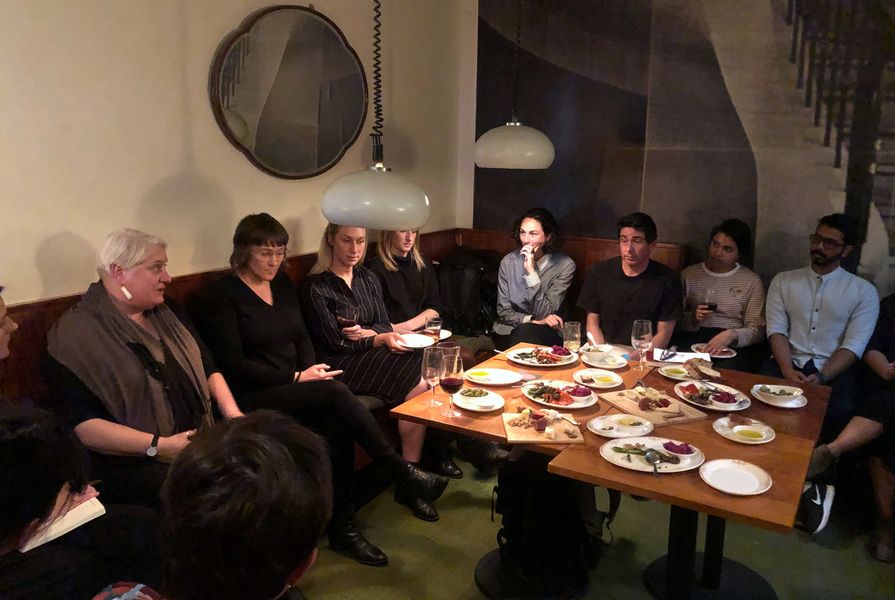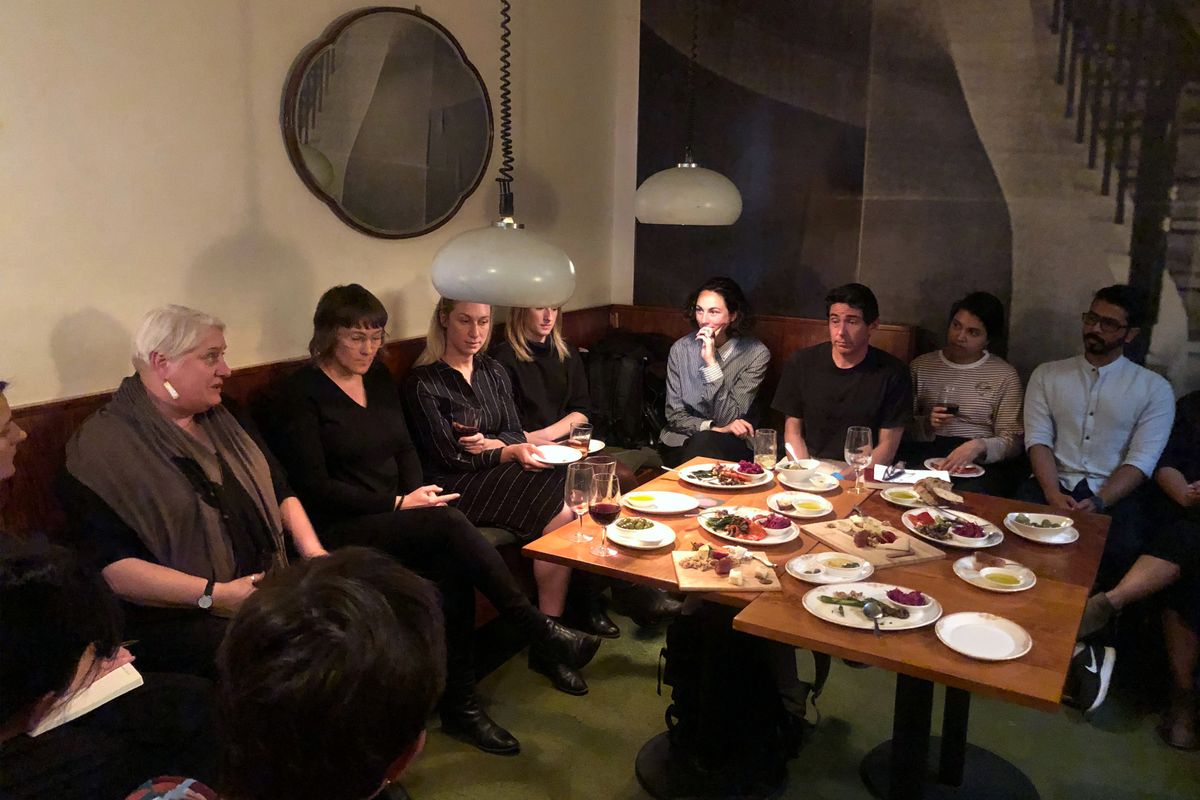The corporate nature of the modern university is adversely affecting the learning experience for students of landscape architecture. Programs are susceptible to the volatility of the market and the size of classes are undermining the quality of the education. These were some of the sentiments heard at a recent discussion in Melbourne which aimed to explore some of the key issues currently facing landscape architecture education, both within Victoria and more broadly. The event, organized by AILA Cultivate, a sub-committee of the Victorian chapter of AILA, follows a round-table conversation held at the University of Melbourne in 2018 on “The Future Practitioner,” and was catalyzed by appointments of new leadership at two of Victoria’s three landscape architecture programs. The discussion, which took place in mid November, also precedes an imminent AILA discussion paper on the topic that is aiming to summarize issues and opportunities and make recommendations regarding strategic priorities and resourcing requirements.
Featured guests to the discussion were Beau Beza, associate head of School, Teaching and Learning at the Deakin University’s School of Architecture and Built Environment; Sidh Sintusingha, senior lecturer in Landscape Architecture at the University of Melbourne; and Katrina Simon, associate dean, Landscape Architecture at RMIT University.
Three major interlinked themes emerged on the evening in response to questions jointly posted by AILA Victoria’s Cultivate and Education sub-committees, as well as to questions from the audience.
Culture
The culture of practice at each hosting institution is unique. Beau Beza spoke of a “family” oriented environment at Deakin University, with a small cohort, largely from India, China, Sri Lanka and Nepal. Katrina Simon emphasized RMIT University’s strong record of design research and its experimental approach and Sidh Sintusingha described the University of Melbourne’s culture of tradition, with its focus on published research outcomes.
A general trend of the discussion was that corporate drivers seem to be dictating larger classes, available learning space and a changing attitude to the physical presence of design practice. Sintusingha lamented the loss of the 24-hour studio space and its associated culture, where a small number of students sharing a workspace at the university learnt from each other, formed affiliations and became entrenched in design as a culture.
Advocacy
In Victoria, the focus of the discourse around landscape architecture education in recent years has often focused on the effects of the growing international student representation. As Simon acknowledged, “like landscapes, the university is also a system” and courses are vulnerable to complex exterior influences, such as changes to visa legislation, the strength of the Australian dollar and local and international marketing efforts.
The conversation on the night drew out the tension between the value of international participation in enhancing the richness of the education experience and its dominance, leading to a need to re-examine the way courses are delivered, as well as marketing imperatives, to achieve a balance. Reflecting on the shift from being predominantly a local degree, to one with a strong international cohort, Sintusingha commented: “It wasn’t something predetermined, it was something that just happened … [with little time] to reflect.”
AILA is currently addressing the importance of advocating for the profession at an early age within Australia with its recently launched High School Engagement Program. The evening’s discussion also brought out the need for landscape architects to own the domestic space, the act of gardening and the backyard as a space for practice. As elements of our profession that the broader public can relate to, the general consensus on the evening was that this was an aspect to be embraced rather than rejected, as part and parcel of a practice that engages with the design of the built environment at many scales.
Collaboration
Conversation at the event acknowledged that the push toward a more interdisciplinary model of education, especially through the design studio goes through cycles. Simon reflected on the legacy of a largely anglophone tradition in Australia where landscape architecture is available as a degree, by comparison with other European models where students are taught to design at a landscape scale, but the approach is more multidisciplinary and students do not necessarily graduate with a pure landscape architecture specialisation.
While the Bachelor of Environments degree at the University of Melbourne previously offered a generalist undergraduate degree in Victoria, (the Bachelor of Environments was replaced by the Bachelor of Design degree in 2017), there is still a sense of the silo of each discipline.
The link between education and practice seems also seems to be gaining strength through the employment of practicing sessional staff and practice-based research. Beza confirmed that connections are also being forged between Victorian universities, with shared subjects and invited exchange.
An ongoing conversation
Other issues mentioned on the night, but not deliberated on in detail included funding and its influence on the delivery of landscape architecture courses; the rise of STEM streams and the importance of defending creative practice; the value of making and real projects over the speculative; the relationship of research within institutions to their educational programs; the state of the industry in reflecting on the quality of education; and the value of practical experience in the education system.
From the evening’s discussion, it was also evident that there are critical issues which are currently less well-addressed within university courses,including the incorporation of Indigenous knowledge since the publication in 2018 of Indigenous knowledge in the Built Environment: A Guide for Tertiary Educators1; the status of the use of technology and the promotion of BIM; and the reliance on sessional staff and their place in the education system. The suggestion from this is that we build on the discussion’s momentum and continue to unfold and deepen the discussion.
1. Jones, DS, D Low Choy, R Tucker, SA Heyes, G Revell & S Bird (2018), Indigenous knowledge in the Built Environment: A Guide for Tertiary Educators. Canberra, ACT: Australian Government Department of Education and Training.












